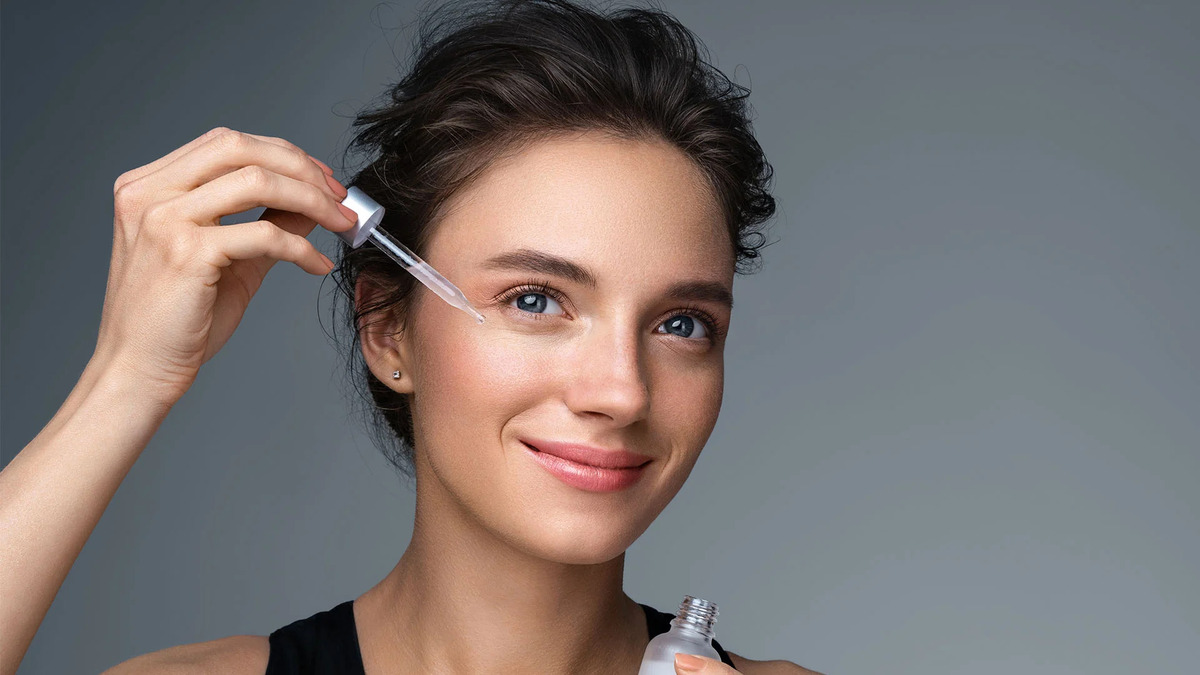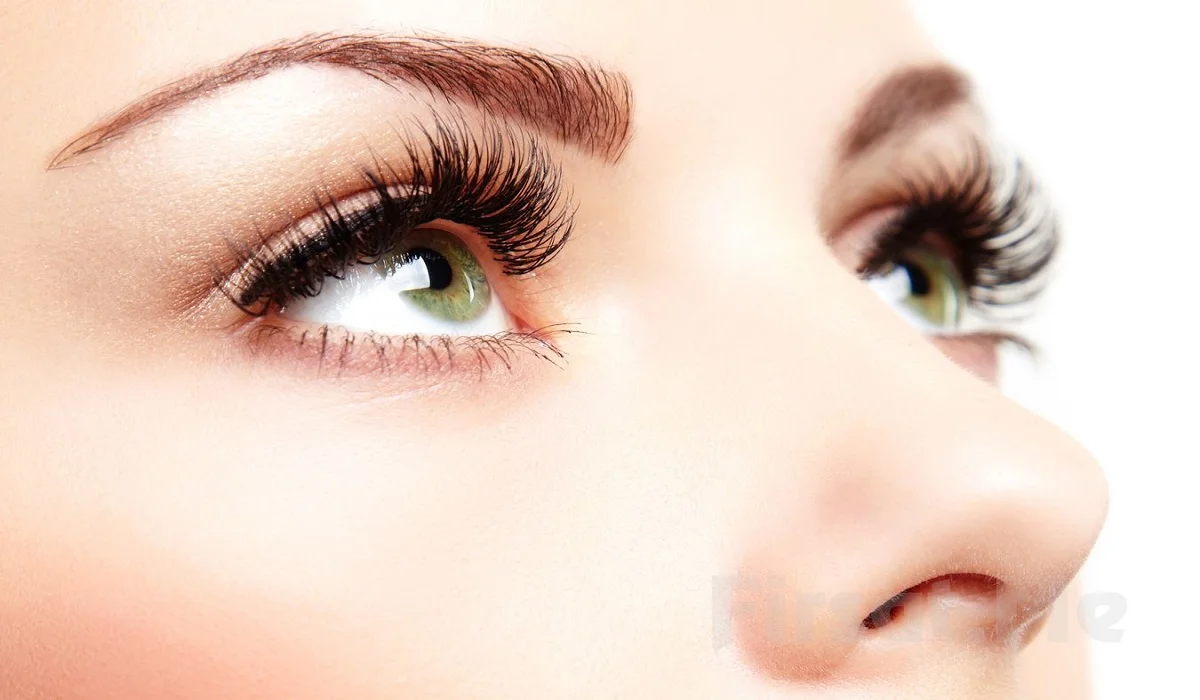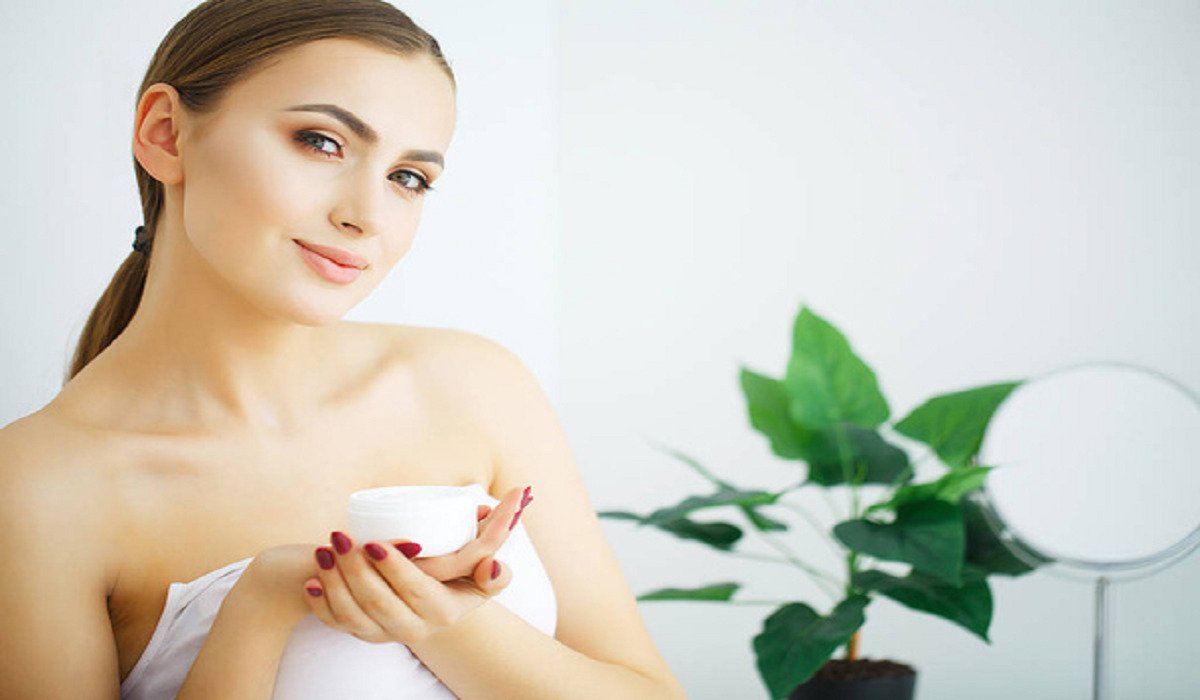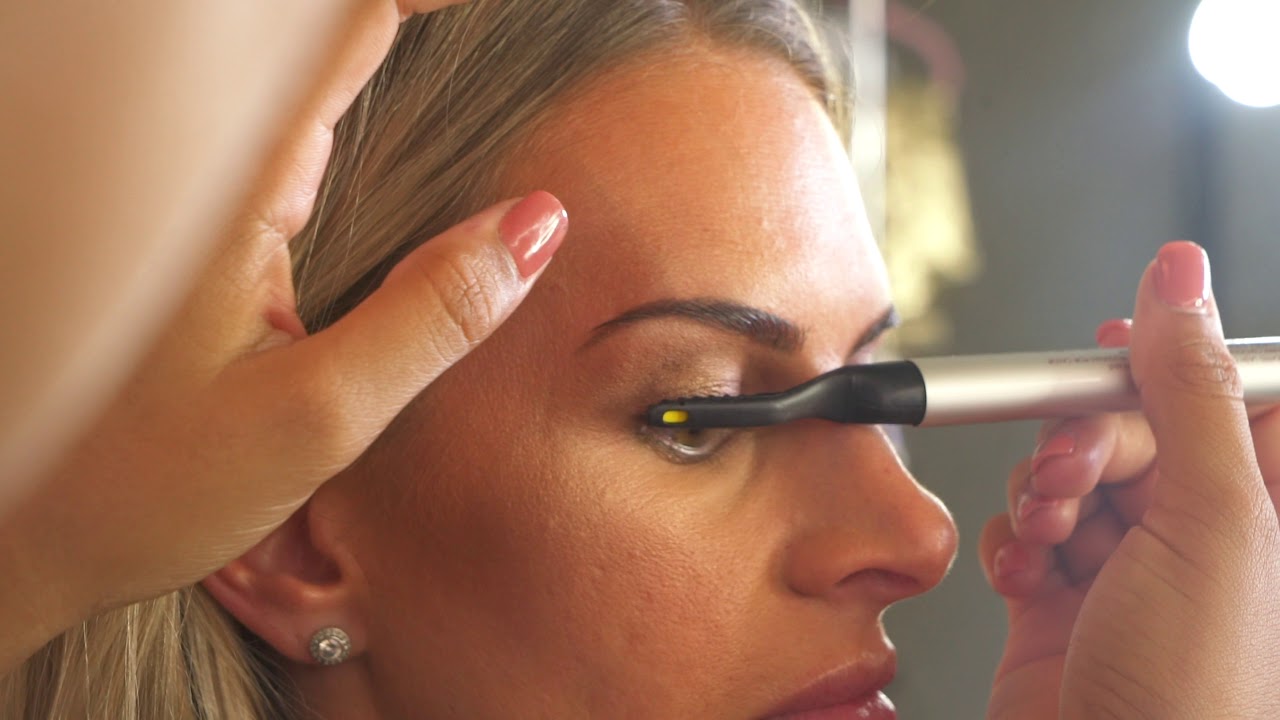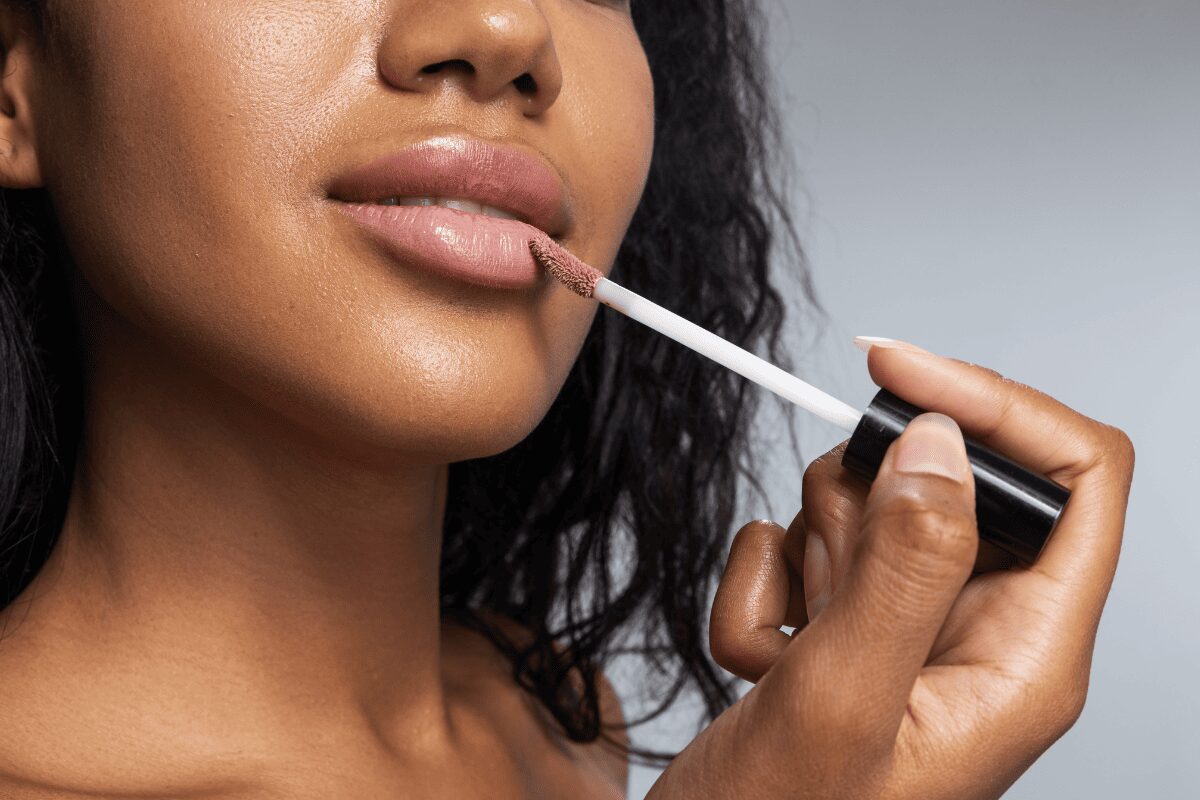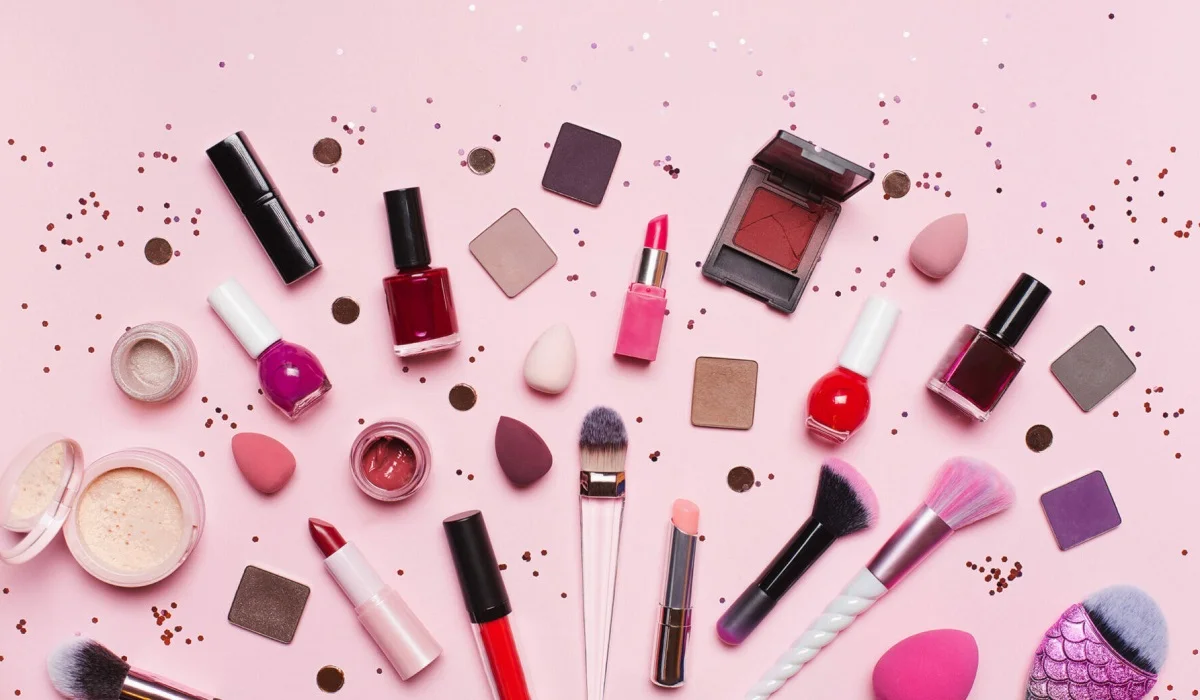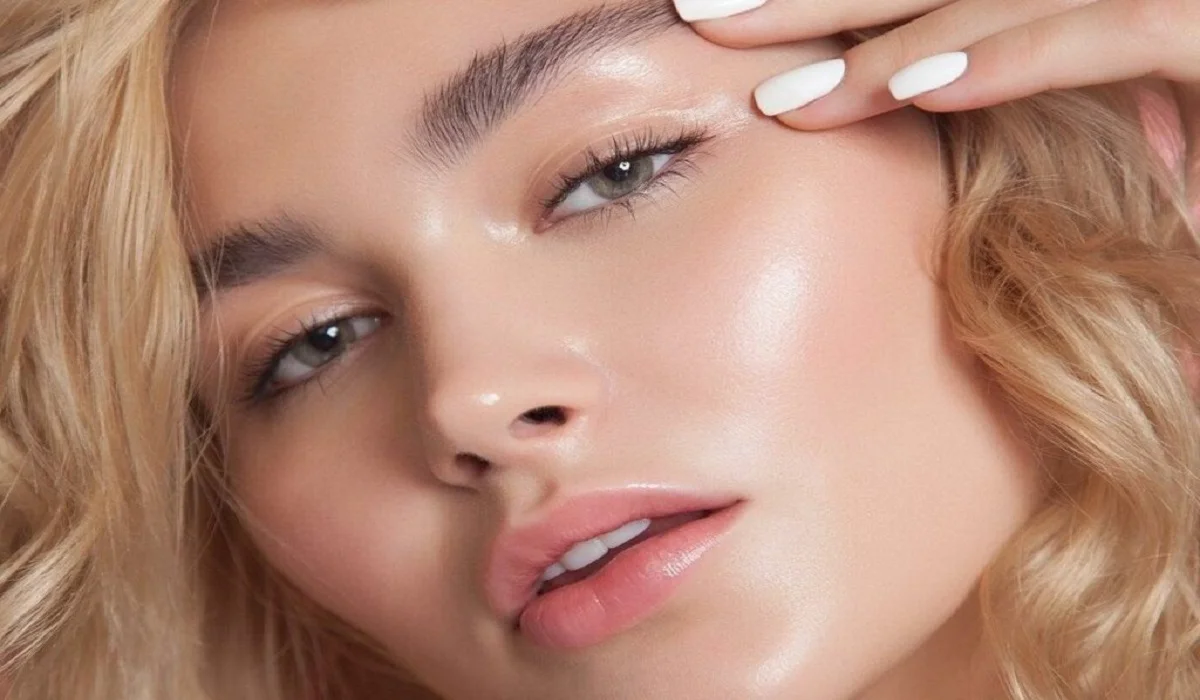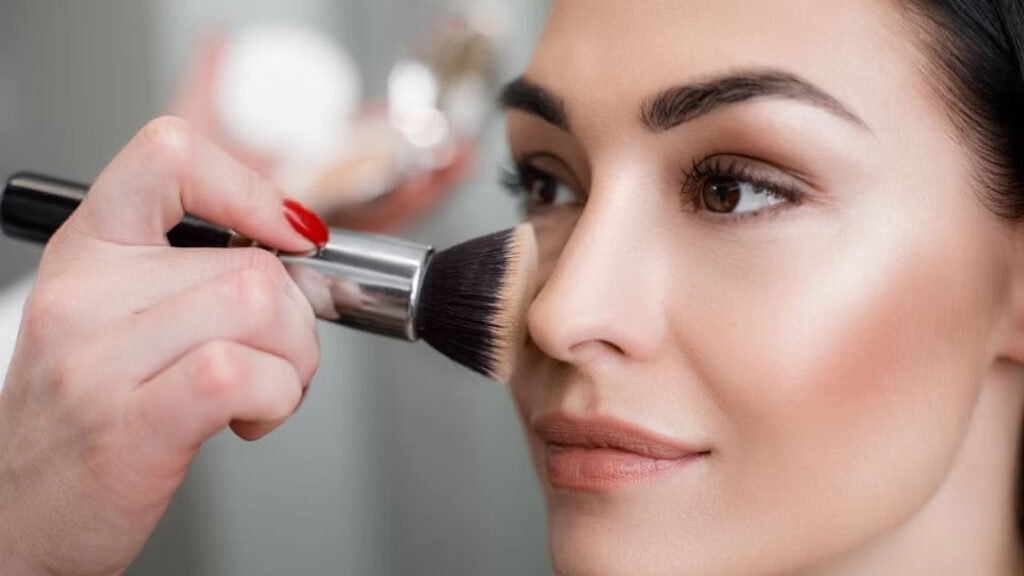
Foundation is a crucial step in achieving a flawless makeup look, as it helps to even out the skin tone, conceal imperfections, and create a smooth canvas for the rest of your makeup. However, finding the best foundation for your skin can be a daunting task, considering the wide range of options available. In this article, we will guide you through the process of finding the perfect foundation for your skin type, tone, and desired coverage. From understanding your skin’s needs to selecting the right shade and finish, we will explore the key factors that contribute to achieving a flawless base.
Determine Your Skin Type:
Understanding your skin type is the first step in selecting the best foundation. Whether you have oily, dry, combination, or sensitive skin, each skin type has specific needs and concerns that should be addressed. For oily skin, choose a foundation with a matte or oil-free formula to control shine. Dry skin benefits from hydrating or moisturizing foundations that provide a luminous finish. Combination skin requires a foundation that balances both oiliness and dryness. Sensitive skin will benefit from hypoallergenic and fragrance-free foundations that are gentle on the skin.
Identify Your Skin Tone:
Matching the foundation shade to your skin tone is crucial for achieving a natural and seamless look. Determine whether your skin undertone is warm, cool, or neutral. Warm undertones have a yellow or golden hue, cool undertones have pink or blue undertones, while neutral undertones have a balance of both. Look for foundations that complement your undertone and blend seamlessly with your natural skin color. When in doubt, test the foundation on your jawline or wrist to see if it matches your skin tone.
Understand Coverage Options:
Foundations come in different coverage options, ranging from sheer to full coverage. Consider the level of coverage you prefer based on your skin concerns and desired finish. Sheer foundations offer a natural, lightweight coverage that evens out the skin tone. Medium coverage foundations provide a balance between a natural look and concealing imperfections. Full coverage foundations offer a higher level of coverage, ideal for hiding blemishes, scars, or discoloration. Choose a coverage option that aligns with your preferences and the occasion for which you’re wearing makeup.
Consider the Finish:
The finish of a foundation refers to how it appears on the skin’s surface. Common finishes include matte, dewy, satin, and natural. A matte finish is ideal for oily or combination skin, as it helps control shine. Dewy and luminous finishes provide a radiant glow, perfect for those with dry or dull skin. Satin finishes strike a balance between matte and dewy, offering a natural-looking glow. Consider your skin type and desired look when choosing the finish of your foundation.
Test and Swatch:
Before purchasing a foundation, it’s essential to test and swatch it to ensure the perfect match. Visit a beauty counter or store that offers testers or samples. Apply a small amount of the foundation on your jawline or wrist and blend it out to see if it seamlessly blends with your skin tone and undertone. Check the shade under different lighting conditions to ensure it looks natural in various settings. Additionally, consider the texture and feel of the foundation on your skin to ensure it’s comfortable to wear.
Seek Recommendations and Read Reviews:
Seeking recommendations from friends, makeup artists, or beauty professionals can be helpful in finding the best foundation for your skin. They can provide insights based on their personal experiences or expertise. Additionally, reading online reviews and watching beauty tutorials can give you a better understanding of how a foundation performs on different skin types and tones. Look for reviews from individuals with similar skin concerns and preferences to get a better idea of how the foundation may work for you.
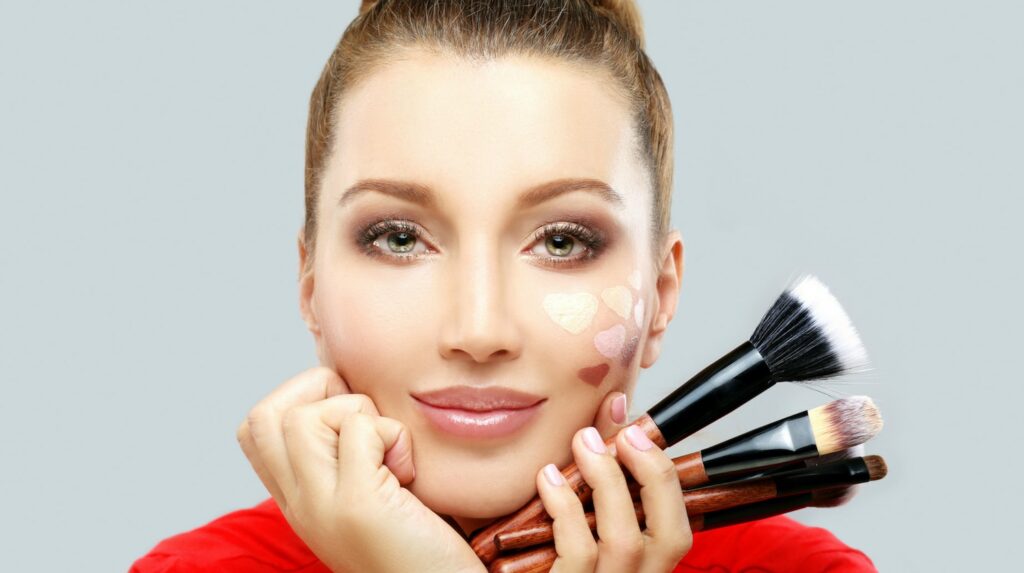
Consider Additional Features:
Beyond skin type, tone, coverage, and finish, there are additional features to consider when selecting a foundation. Some foundations offer added benefits such as SPF protection to shield your skin from the sun’s harmful rays. Others may be formulated with skincare ingredients like hyaluronic acid or antioxidants to provide hydration and nourishment. If you have specific skincare concerns, such as acne-prone skin or aging concerns, look for foundations that address those issues or are labeled as non-comedogenic and anti-aging.
Application Techniques:
Once you’ve found the perfect foundation, it’s essential to learn and experiment with different application techniques. Whether you prefer using a brush, sponge, or your fingers, each method can create a different finish and level of coverage. Brushes can provide a more airbrushed and polished look, while sponges offer a seamless and natural finish. Fingers can be used for a sheer and effortless application. Experiment with different techniques to find the one that works best for you and allows you to achieve your desired result.
Regularly Reassess:
As your skin may change with time, it’s important to regularly reassess your foundation needs. Factors such as season, lifestyle changes, or skincare routine adjustments can impact the way your foundation performs on your skin. Take the time to reassess your foundation periodically to ensure it continues to meet your needs and provides the desired coverage and finish.
Finding the best foundation for your skin is a process that requires understanding your skin type, identifying your skin tone, considering coverage and finish options, testing and swatching, seeking recommendations, and experimenting with application techniques. By considering these factors, you can confidently select a foundation that enhances your natural beauty, creates a flawless canvas, and gives you the confidence to conquer the day with a radiant and seamless complexion. Remember, the best foundation is one that not only matches your skin tone but also addresses your specific skin concerns and makes you feel confident and comfortable in your own skin.

